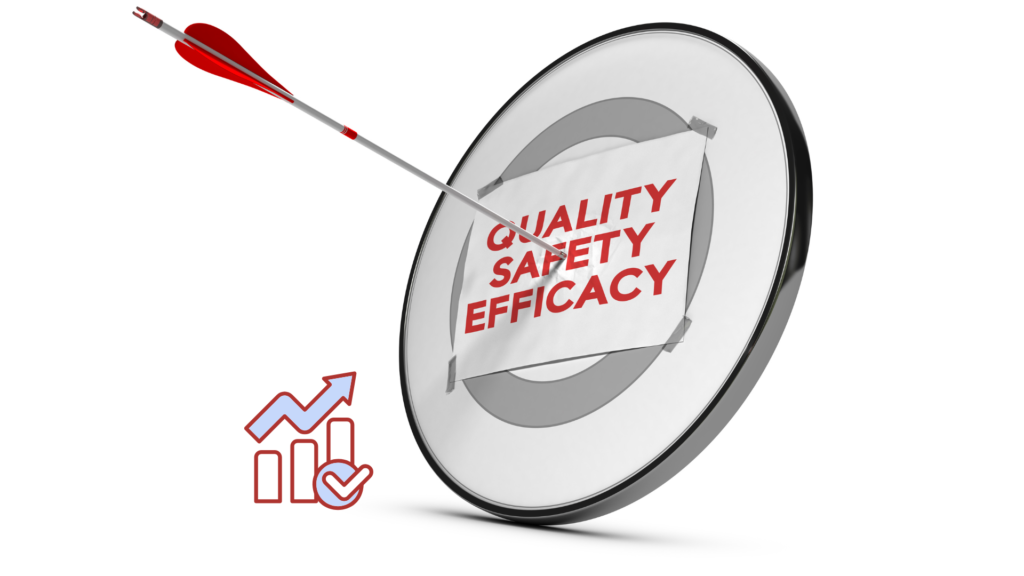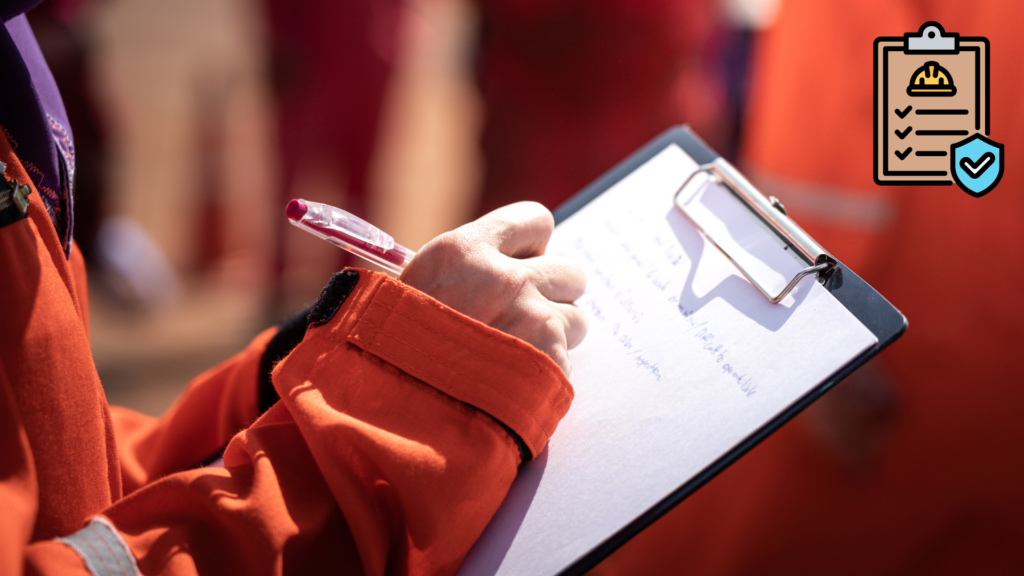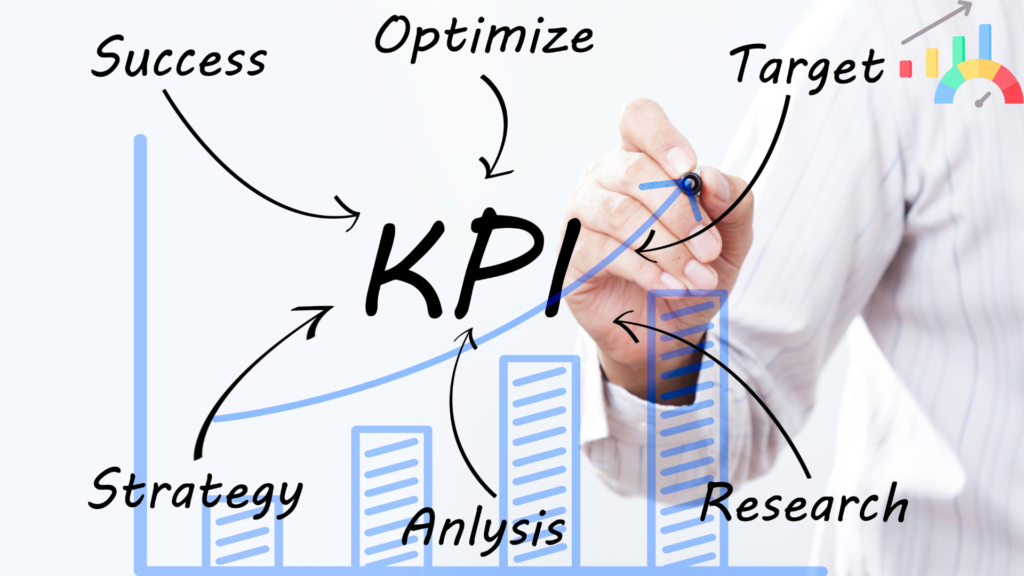5 Key Steps to Conducting Effective Contractor Safety Performance Evaluations
7 min readContractor safety performance evaluations are crucial in workplace health and safety management. These assessments help companies ensure that contractors comply with safety regulations and perform their tasks without causing harm to themselves, others, or the environment. The evaluation process involves analyzing past safety records, current practices, and a contractor’s commitment to safety. It is vital for maintaining a safe work environment, especially in industries where contracting is prevalent, and risks are pronounced. Through structured evaluations, businesses can foster a safety culture and mitigate potential hazards by engaging only those contractors who meet stringent safety standards.

Understanding the Importance of Contractor Safety in the Workplace
Ensuring contractor safety is pivotal in maintaining a secure workplace and minimizing risks. Contractors often perform specialized tasks, potentially hazardous without proper precautions. Unsafe practices can lead to severe injuries, property damage, or worse. Recognizing these risks, companies must prioritize contractor safety to:
- Protect workers from harm and foster a culture of safety.
- Comply with occupational health and safety regulations to avoid fines and legal issues.
- Sustain productivity by preventing work stoppages due to accidents.
- Preserve company reputation by demonstrating a commitment to employee and contractor well-being.
- Avoid costly damages and insurance claims associated with workplace accidents.
Valuing contractor safety is a critical aspect of operational integrity and responsibility.
Step 1: Establishing Clear Safety Performance Metrics
Before initiating contractor evaluations, it’s crucial to define specific safety performance metrics. These serve as benchmarks for assessment and should align with industry standards and regulatory requirements. Consider metrics such as:
- Injury frequency rates
- Safety training completion rates
- Compliance audit scores
- Incident investigation outcomes
- Corrective action follow-through
Setting quantifiable and relevant metrics allows for objectively evaluating a contractor’s adherence to safety protocols, essential for maintaining a secure work environment.
Step 2: Creating a Standardized Evaluation Process
To ensure consistent and fair assessments, establishing a standardized evaluation process is critical. This involves:

- Defining clear, measurable safety performance criteria relevant to the scope of work.
- Creating evaluation forms or checklists to ensure all contractors are evaluated uniformly.
- Determining the frequency and timing of evaluations to coincide with project milestones or regulatory timelines.
- Designating trained personnel responsible for conducting the evaluations and making decisions based on findings.
- Standardizing the scoring system to compare contractor safety performance objectively.
Read: Safety Record keeping
Incorporating Legal and Regulatory Compliance Considerations
When conducting contractor safety performance evaluations, it is paramount to include a review of the contractor’s adherence to current legal and regulatory standards. Compliance checks should encompass:
- Local, National, and International Regulations: Ensure contractors understand and comply with OSHA standards, EPA guidelines, or any other relevant health and safety regulations.
- Industry-Specific Requirements: Certain industries have specific safety protocols; confirming that contractors meet these is crucial.
- Documentation and Record-Keeping: Evaluate contractors’ ability to maintain accurate safety records, which can be vital for legal protection and regulatory audits.
- Permits and Licenses: Verify that all necessary permits and licenses are obtained and remain valid, reflecting the contractors’ compliance with legal prerequisites.
Regularly updating evaluation criteria to reflect changes in laws and regulations is essential to maintaining compliance and mitigating risks.
Step 3: Implementing Regular and Systematic Safety Audits
To ensure ongoing compliance and to identify areas for improvement, regular and systematic safety audits are essential. These audits should:

- Involve thorough inspections of the contractor’s work environments and equipment.
- Include reviews of safety training records and incident reports.
- Evaluate the adherence to safety protocols and procedures.
- Assess the effectiveness of the contractor’s safety management systems.
- Provide constructive feedback to encourage continuous safety performance improvements.
Consistent safety audits highlight a commitment to a safe work culture and help in maintaining high safety standards.
Download: Annual Internal Audit Form
Effective Communication Strategies During Evaluations
- Establish Clear Objectives: Outline assessment goals to ensure both parties understand the purpose of the evaluation.
- Active Listening: Pay attention to the contractor’s feedback and concerns, showing respect for their input.
- Constructive Feedback: Deliver actionable suggestions that foster improvement, rather than just criticism.
- Documentation: Keep records of discussions and agreements for future reference and accountability.
- Follow-up: Set dates for subsequent conversations to review improvements or continuing issues.
Ensuring transparency and mutual understanding throughout the evaluation process leads to better outcomes and strengthened working relationships.
Read: Keys to Successful Safety Campaign
Step 4: Analyzing Data and Feedback for Continuous Improvement
Once data on contractor safety performance is collected, the next crucial step is its careful analysis. Organizations should systematically:

- Review the safety metrics and compare them against established benchmarks and goals.
- Identify patterns or common issues across different contractors or projects.
- Solicit and evaluate feedback from various stakeholders, including project managers, workers, and the contractors themselves.
- Use statistical tools and software to analyze accident rates, incident reports, and near misses.
- Determine the root cause of safety incidents to prevent future occurrences.
Through consistent evaluation and integrating stakeholders’ perspectives, continuous improvement in contractor safety performance can be achieved.
Calculating Success: A Step-by-Step Guide to HSE Performance Measurement
Involvement of Stakeholders in the Evaluation Process
Engaging stakeholders in evaluating contractor safety performance is crucial for a holistic assessment. Their involvement ensures diverse perspectives are considered, leading to comprehensive evaluations. Here’s how stakeholders can be engaged:
- Regular Consultations: Hold meetings with stakeholders to gather their insights on contractor safety practices.
- Feedback Mechanisms: Implement channels for stakeholders to report safety concerns or suggestions anonymously.
- Joint Inspections: Involve stakeholders in safety audits and inspections for on-the-ground perspectives.
- Performance Reviews: Invite stakeholders to contribute to periodic safety performance review sessions.
- Decision-Making Inclusion: Include stakeholder input in the final evaluation and decision-making processes to foster ownership and responsibility.
Effective stakeholder involvement cultivates a culture of safety and encourages continuous improvement.
Step 5: Action Planning and Follow-Up Procedures
Once the evaluation process is complete, it’s crucial to devise an action plan addressing any identified shortcomings. This plan should:
- Outline specific, measurable actions that the contractor must take to improve their safety performance.
- Include clear deadlines for when these actions should be completed and who is responsible for each task.
- Establish regular follow-up meetings to assess progress against the action plan.
- Provide for a re-evaluation of the contractor’s safety performance upon completion of the plan to ensure improvements have been effectively implemented.
Technological Tools to Enhance Safety Performance Tracking
Incorporating cutting-edge technological tools is crucial for monitoring contractor safety performance effectively. Software applications designed for safety management allow organizations to:
- Collect real-time data on contractor activities and safety incidents.
- Standardize reporting methods across different contractors and projects.
- Automate the analysis of safety performance, identifying patterns and trends.
- Facilitate communication and feedback loops between all parties involved.
- Support mobile access for on-site inspections and immediate data entry.
By leveraging these tools, companies can ensure a systematic approach to tracking safety performance, ultimately leading to a safer working environment.
The Future of Building Safely: VR Training for Construction Sites
Best Practices for Documenting and Reporting Evaluation Results
When documenting and reporting contractor safety performance evaluations, clarity and accuracy are paramount. Here are best practices to ensure effective communication:
- Develop a Standardized Format: Use a consistent template for all evaluations to make interpreting data easier.
- Be Detail-Oriented: Include specific findings, dates, and any incident reports to provide a comprehensive view.
- Use Clear, Objective Language: Avoid subjective or ambiguous terms to maintain report integrity.
- Highlight Key Findings: Clearly mark significant concerns or achievements to draw attention to them.
- Ensure Accessibility: Keep reports in a centralized, secure location accessible to authorized stakeholders.
- Follow Up: Document any follow-up actions taken as a result of the evaluation to complete the reporting cycle.
Addressing Challenges in Contractor Safety Evaluations
Contractor safety evaluations often face several challenges that must be overcome to ensure accurate and effective results:
- Diverse safety standards and regulations across regions necessitate a comprehensive understanding of applicable laws to maintain consistency in evaluations.
- Varying levels of contractor experience and expertise can lead to inconsistencies in safety practices, necessitating tailored evaluation approaches for different contractors.
- Gathering and analyzing safety performance data from contractors can be hindered by inadequate reporting systems or reluctance to share information due to fear of repercussions.
- Maintaining objectivity is critical; companies must set aside any preconceived notions about a contractor’s performance to accurately assess their safety record.
- Finally, effectively communicating evaluation criteria and findings to contractors strengthens the mutual objective of workplace safety.
These challenges require careful consideration and strategic planning to conduct evaluations that not only assess past performance but also foster ongoing improvement in contractor safety practices.
Developing a Culture of Safety Accountability
Creating a culture of safety accountability is integral for contractor safety performance evaluations. This culture emphasizes that safety is a shared responsibility. Key actions include:
- Establishing clear safety expectations and protocols
- Promoting open communication regarding safety issues without fear of reprisal
- Involving contractors in safety planning and decision-making processes
- Recognizing and rewarding safety-conscious behaviors
- Implementing continuous training programs
- Ensuring regular safety audits and feedback loops
Such measures embed safety consciousness into the daily operations, fostering an environment where every individual understands their role in maintaining a safe workplace.
Read: behavior-based-safety-bbs-program
Conclusion and Next Steps for Maintaining High Safety Standards
Once contractor safety performance evaluations are complete, the next steps involve:
- Continual monitoring and reassessment to ensure ongoing compliance with safety standards.
- Providing regular feedback, training, and support to help contractors improve their safety practices as needed.
- Updating safety protocols to reflect new regulations, industry standards, or lessons learned from incident analyses.
- Implementing a reward system for contractors who consistently achieve high safety performance, fostering a culture of safety excellence.
- Establishing open lines of communication for proactive problem-solving and innovation in safety processes.
Consistently following these steps will help maintain high safety standards and protect all stakeholders involved.
Read: best-practices-for-effective-contractor-safety-orientations-programs
Download many safety resources at Safetybagresources



